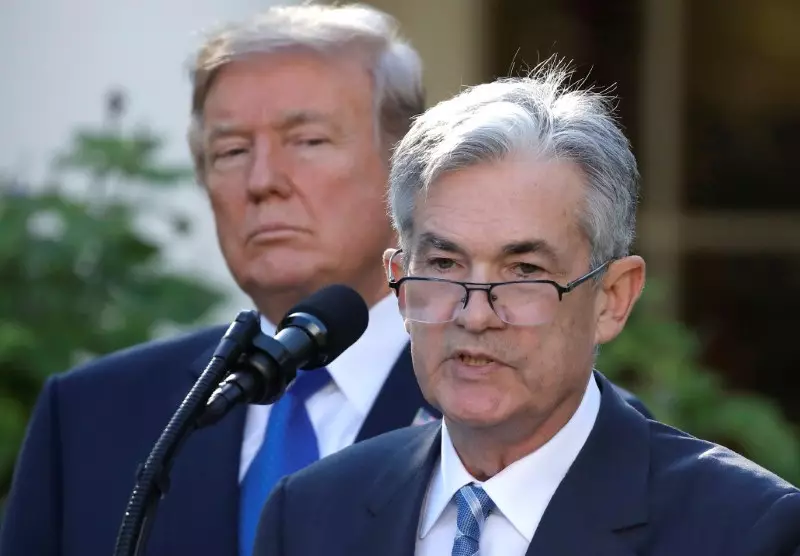Republican presidential candidate Donald Trump’s recent comments about wanting the president to have a say in Federal Reserve decisions have raised concerns about potential interference in the central bank’s independence. This move could signal a significant shift from the conventional norms surrounding the Fed’s operations and decision-making processes. Trump’s interest in having a greater role in the Fed’s affairs suggests a desire for increased control over economic policies that could have far-reaching implications for the financial markets and the broader economy. Such direct involvement in Fed affairs by a sitting president would be unprecedented since the Nixon era, posing a potential challenge to the traditional separation between the White House and the central bank.
Trump’s stance on Fed independence sharply contrasts with that of his rival, Vice President Kamala Harris, who believes that the Fed should operate independently of the president’s influence. This divergence in views highlights the ideological differences between the two candidates in their approaches to monetary policy and economic governance. While Harris advocates for maintaining the Fed’s autonomy, Trump’s push for White House involvement could potentially upend the established norms that have guided the Federal Reserve’s operations for decades.
One of the clearest paths for Trump to exert control over the Federal Reserve is through the appointment process. As the president, he has the authority to nominate the Fed chair and other key board members, subject to Senate confirmation. Trump’s past clashes with current Fed Chair Jerome Powell indicate a potential desire to appoint officials who align with his views on monetary policy and regulatory matters. By strategically selecting individuals who prioritize loyalty to him over the Fed’s institutional independence, Trump could significantly influence the central bank’s decision-making processes and agenda.
The Federal Reserve System, established by Congress in 1913, consists of various components, including the Federal Reserve Board, regional Federal Reserve banks, and the Federal Open Market Committee. These entities work together to formulate and implement monetary policy decisions that impact the overall economy. The Fed board’s composition, with key members appointed by the president, underscores the significance of political influence in shaping the central bank’s strategies. Trump’s ability to appoint officials to key positions within the Federal Reserve could potentially reshape the institution’s priorities and operational framework.
The current composition of the Federal Reserve Board and regional bank presidents reflects a mix of appointees from previous administrations. While Powell’s term as chair extends until 2026, Trump still has the opportunity to influence the selection of new board members and Fed vice chairs. The upcoming presidential term will also present a chance to shape the leadership structure at the Federal Reserve, with implications for the institution’s decision-making processes and policy direction. As Trump considers his options for exerting influence over the central bank, the landscape of Fed governance remains in flux, with potential implications for monetary policy and regulatory oversight.


Leave a Reply